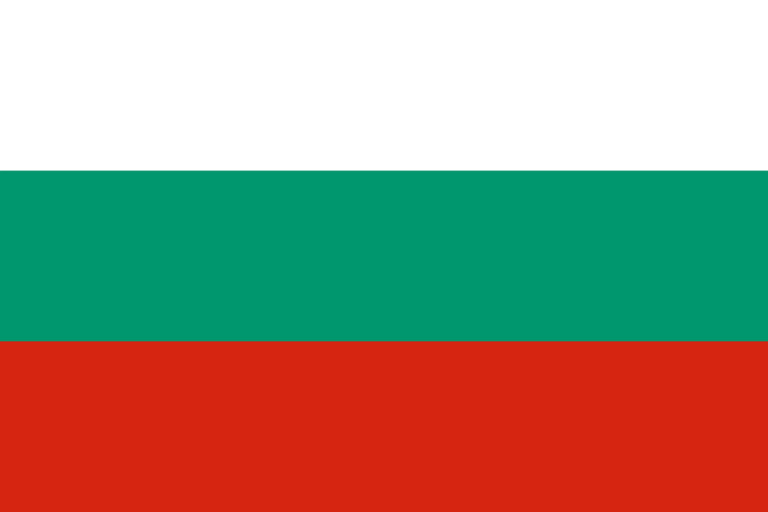Flags are powerful symbols that embody the history, culture, and aspirations of a nation. The national flag of Turkey, commonly known as the “Turkish flag” or “Flag of Turkey,” is a distinctive and iconic representation of the country. In this blog post, we will explore the captivating story behind the Turkish national flag, examining its origins, symbolism, historical importance, and the values it represents in Turkish society.
Origins and Design:
The Turkish national flag consists of a red background with a white star and crescent in the center. The design draws inspiration from the Ottoman Empire, which once ruled over vast territories across three continents. The red color represents valor, courage, and the blood shed by Turkish soldiers defending their homeland. The white star and crescent symbolize Islam, reflecting the country’s predominant religion and its historical connections to the Ottoman Empire.
Symbolism and Meaning:
The elements on the Turkish national flag carry deep symbolism. The star represents a guiding light, enlightenment, and the aspirations of the Turkish people. It also represents the unity and harmony among different ethnic and religious groups in Turkey. The crescent, an ancient symbol associated with various civilizations, represents the lunar calendar and symbolizes progress, growth, and the passage of time.
Historical Significance:
The Turkish national flag has a rich historical background. It evolved from the Ottoman flag, which was used during the imperial era. After the foundation of the Turkish Republic in 1923, Mustafa Kemal Atatürk, the founder and first president of modern Turkey, adopted a new flag design. The flag became a powerful symbol of the newly established republic and represented the Turkish people’s aspirations for independence, secularism, and national unity.
Cultural Identity and Unity:
The Turkish national flag is an integral part of Turkish cultural identity. It is proudly displayed during national holidays, sporting events, and public celebrations. The flag serves as a unifying symbol, transcending political and social divides, and fostering a sense of national pride, belonging, and solidarity among the Turkish population. It represents the shared values, traditions, and history that bind the Turkish people together.
Modern Symbolism:
The Turkish national flag has also become a symbol of modern Turkey’s values and aspirations. It represents the country’s commitment to democracy, secularism, and the principles of Atatürk, which include nationalism, republicanism, and reform. The flag is a reminder of Turkey’s place in the international community and its efforts to establish strong diplomatic relations and promote peace, stability, and cooperation.
The Turkish national flag, with its striking red background, white star, and crescent, stands as a powerful symbol of history, identity, and unity. It represents the courage, valor, and aspirations of the Turkish people throughout their rich history. The flag serves as a constant reminder of Turkey’s cultural heritage, diverse population, and its commitment to progress, democracy, and peace. As Turkey continues to evolve and face new challenges, the national flag will remain a cherished emblem, symbolizing the country’s unwavering determination to uphold its values, protect its identity, and work towards a brighter future for its people.






